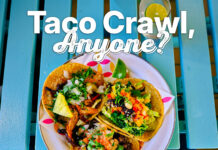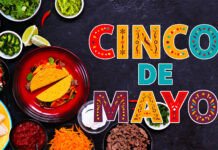
There is no Halloween candy more divisive than candy corn.
Love it or hate it, candy corn has become synonymous with the traditions of Halloween, the candy almost never being seen outside of autumn (excluding its other attempts at holiday variants). But how did this come to be?
It’s best to start from the beginning. According to the National Confectioners Association, the invention of candy corn is attributed to George Renninger, a Wunderland Candy Company employee. Soon after the discovery, the Goelitz Candy Company (now the Jelly Belly Candy Company) began to popularize the candy in 1898 and started to produce what they advertised as a candy called “chicken feed,” as reported by Rebecca Rupp from National Geographic.
However unwise of a marketing decision that may seem now, the name wasn’t born from taste or quality; it was meant to appeal to the farmers of America during a time when the land was still rural and developing. According to Samira Kawash, writer for The Atlantic, corn was reserved for animal feed only; people generally stayed away from corn as a foodstuff.
Still, its corn basis meant Americans gladly reached for it to celebrate the fall harvest, which was heavily associated with corn. Candy corn was featured in many autumnal traditions like Halloween parties, Thanksgiving dinners, and even Easter baskets due to corn’s association with farm animals. It had been advertised as a candy to eat year-round despite its associations with fall.
But things changed in the 1950s when America saw the rise of candy in trick-or-treating around the country. Candy corn became the economical choice to hand out due to its price and small size, and advertisers responded by spiking promotions for candy corn during October.
America’s love for candy corn hasn’t faltered since one bit: the National Confectioners Association places the annual production of candy corn to be over 35 million tons.
The recipe for candy corn hasn’t changed much either, as explained by Olivia Waxman from TIME. Candy corn remains the same tri-colored combination of sugar, corn syrup, fondant, vanilla, and marshmallow creme. While the method of creation has been mechanized, the taste remains relatively the same.
Whether that’s a blessing or a disappointment is up to you.








